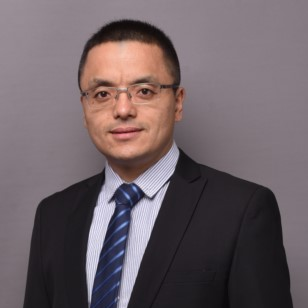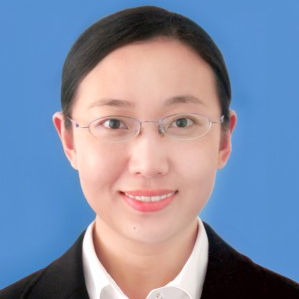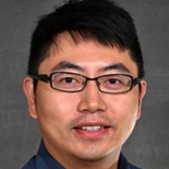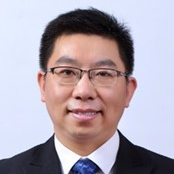Artificial Crystals
A special issue of Crystals (ISSN 2073-4352). This special issue belongs to the section "Crystal Engineering".
Deadline for manuscript submissions: closed (31 July 2022) | Viewed by 6189
Special Issue Editors
Interests: crystal growth; CZ method; EFG method; Bridgeman method; Kyropoulos method; heat exchanger method; electro-optic crystals; nonlinear optical crystals; pyroelectrics crystals; laser crystals
Interests: design, preparation and characterization of functional crystal materials
Interests: nonlinear optical crystals; birefringent crystals; crystal growth; structure-properties relationships
Interests: inorganic scintillators and their applications
Special Issues, Collections and Topics in MDPI journals
Special Issue Information
Dear Colleagues,
Crystals are some of the most important functional materials. Natural crystals are always subject to disadvantages such as small size, crystal defects, and poor performancep; therefore, high-quality natural crystals are extremely rare—meaning that they seldom meet the needs of practical applications. Currently, the main practical crystal materials are artificially synthesized crystals. The content of theoretical and technical research on artificial crystals is very rich and includes the design and preparation of new materials, raw material synthesis, crystal growth methods and processes, crystal quality control and detection, crystal property control, post-processing, applications, etc. Research on artificial crystals has a long history. A series of importantant crystals were explored from early synthetic crystals, such as rubies and diamonds, through current widely-used crystals such as Si, Ge, LiNbO3, LiTaO3, KTiPO4, β-BaB2O4, LiB3O5, Bi4Ge3O12, Y3Al5O12, and sapphire, to current research hotspots such as SiC, AlN, and sesquioxide single crystals. Based on these crystals, lots of new optoelectronic devices have been developed and are widely used in scientific research and industrial applications. Meanwhile, there are still many promising research fields that have yet to be further explored. For example, the basic principles of crystal materials are still unclear and higher quality, larger, and novel crystals are always in demand. This Special Issue aims to provide a timely collection that highlights the advances in the current research on artificial crystals, ranging from fundamental aspects to current applications—shedding light on further research in related fields.
Prof. Dr. Jun Sun
Prof. Dr. Zhitai Jia
Prof. Dr. Fangfang Zhang
Prof. Dr. Yuntao Wu
Prof. Dr. Jinlong Liu
Guest Editors
Manuscript Submission Information
Manuscripts should be submitted online at www.mdpi.com by registering and logging in to this website. Once you are registered, click here to go to the submission form. Manuscripts can be submitted until the deadline. All submissions that pass pre-check are peer-reviewed. Accepted papers will be published continuously in the journal (as soon as accepted) and will be listed together on the special issue website. Research articles, review articles as well as short communications are invited. For planned papers, a title and short abstract (about 100 words) can be sent to the Editorial Office for announcement on this website.
Submitted manuscripts should not have been published previously, nor be under consideration for publication elsewhere (except conference proceedings papers). All manuscripts are thoroughly refereed through a single-blind peer-review process. A guide for authors and other relevant information for submission of manuscripts is available on the Instructions for Authors page. Crystals is an international peer-reviewed open access monthly journal published by MDPI.
Please visit the Instructions for Authors page before submitting a manuscript. The Article Processing Charge (APC) for publication in this open access journal is 2600 CHF (Swiss Francs). Submitted papers should be well formatted and use good English. Authors may use MDPI's English editing service prior to publication or during author revisions.
Keywords
- Numerical simulation
- Crystal design
- Crystal preparation
- Crystal defects
- Crystal property
- Crystal device
- Crystal application









